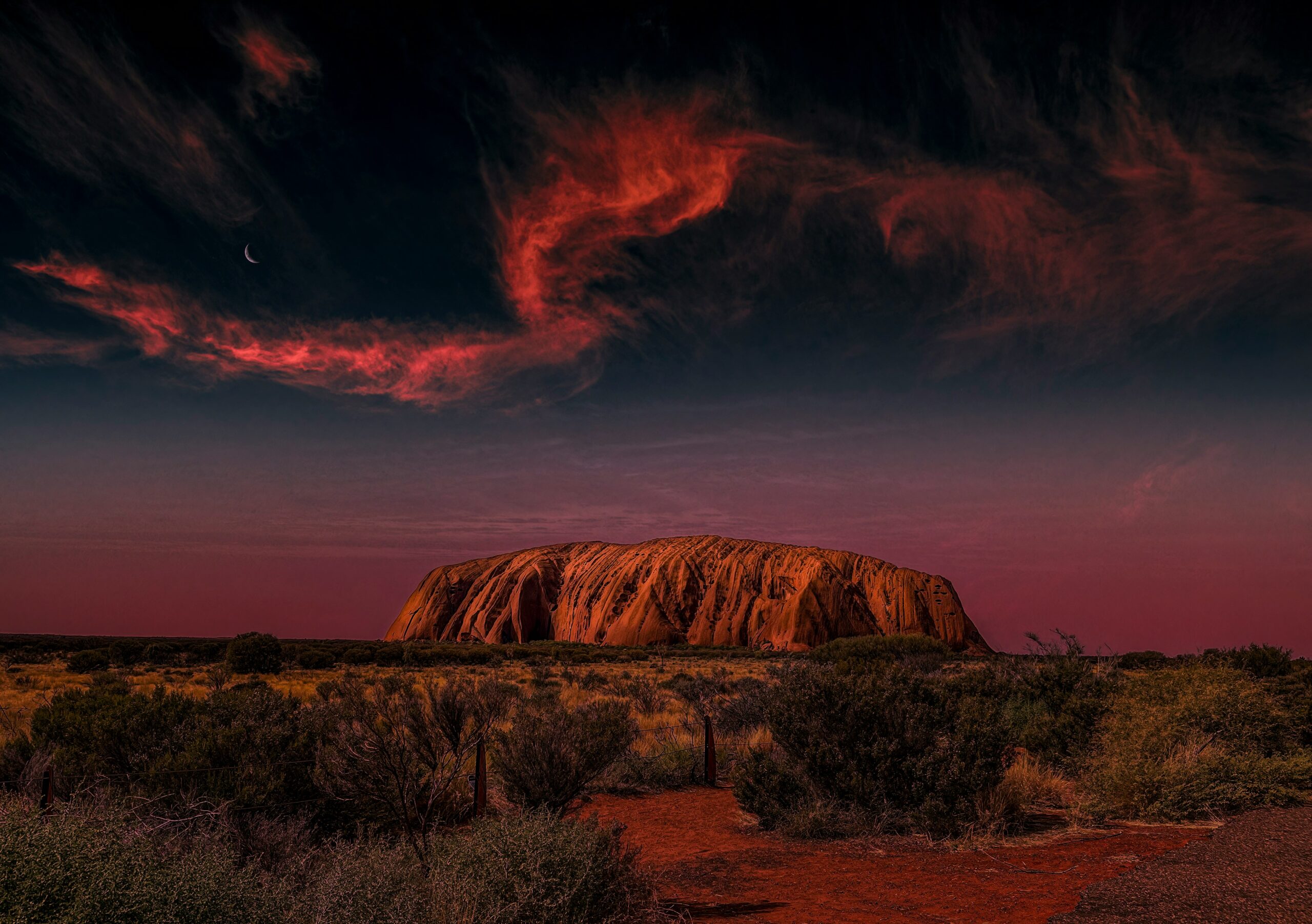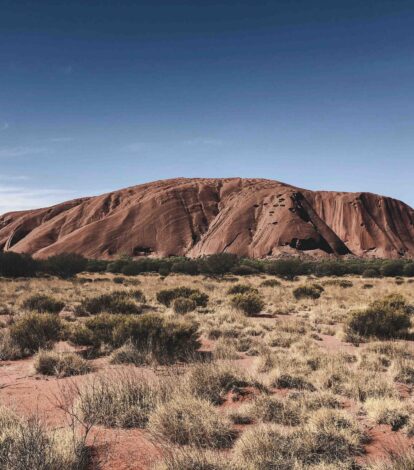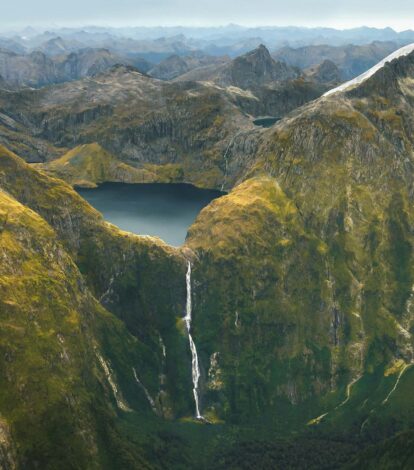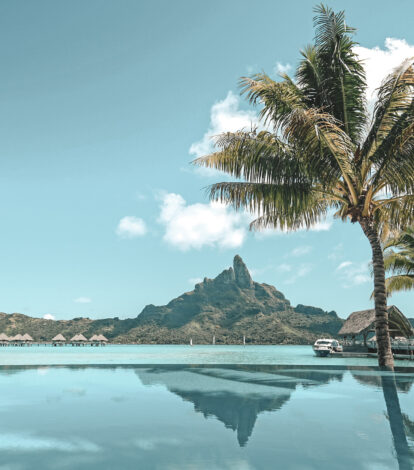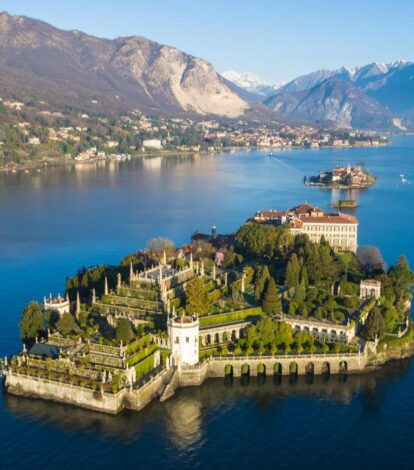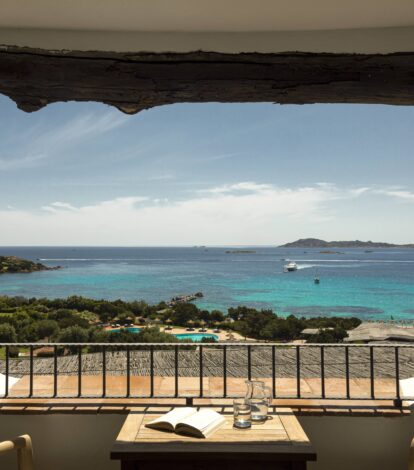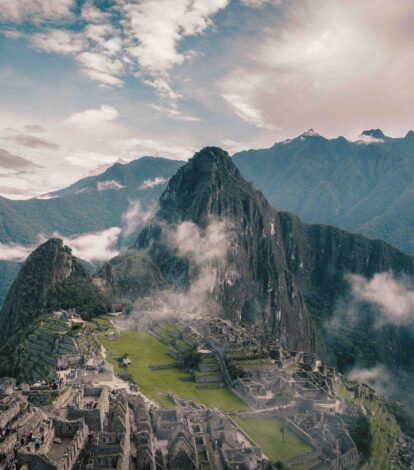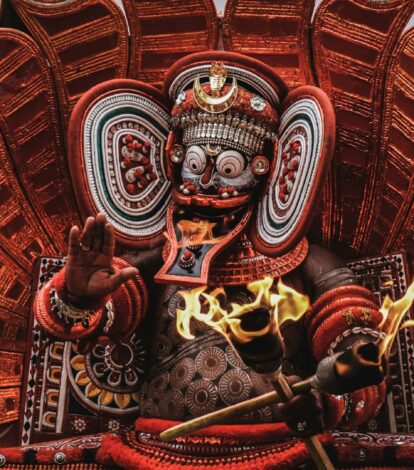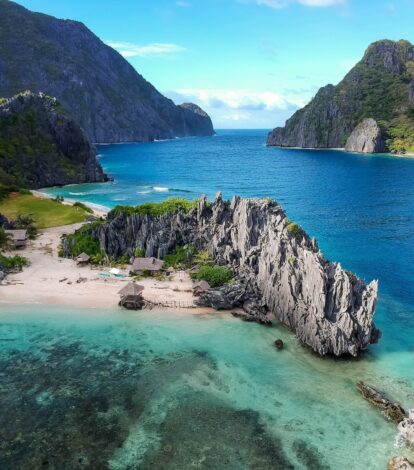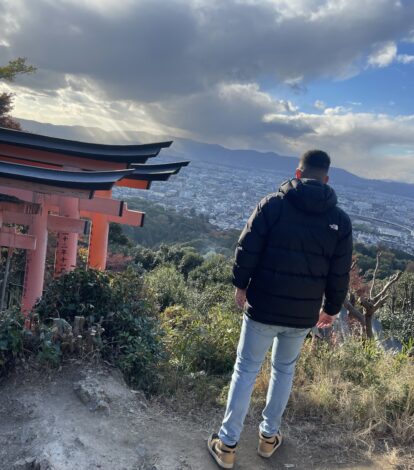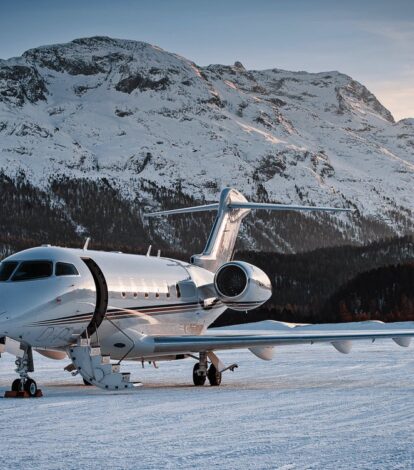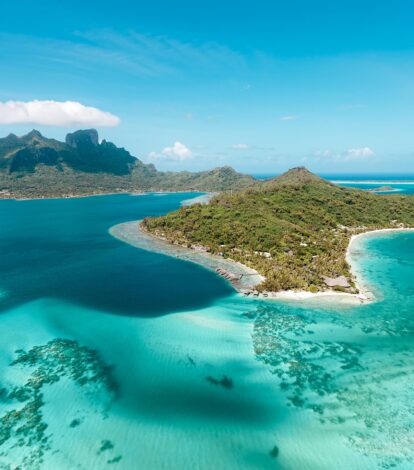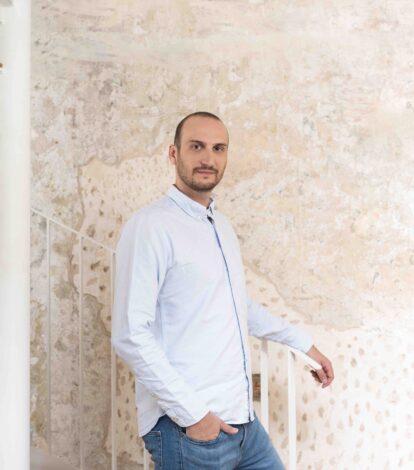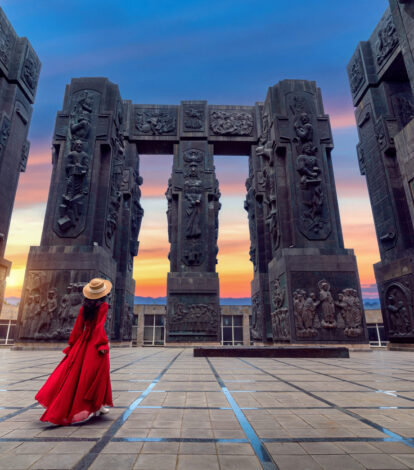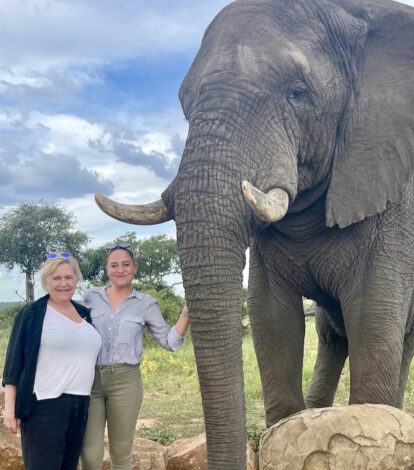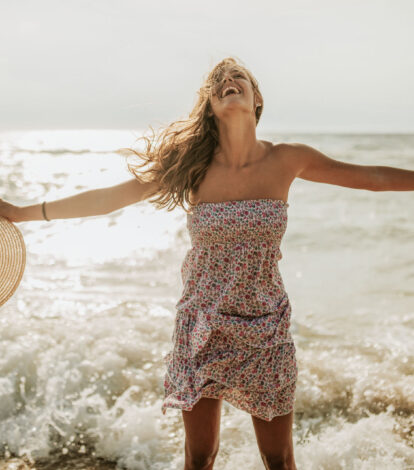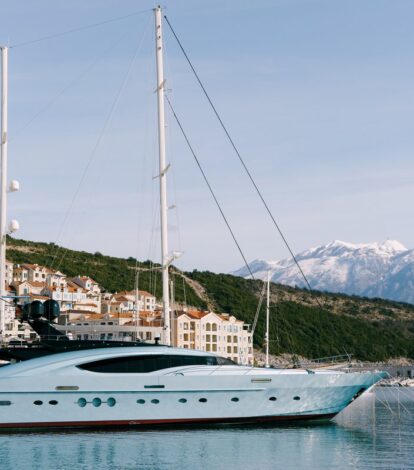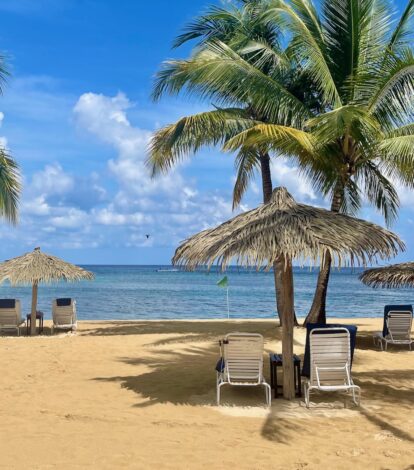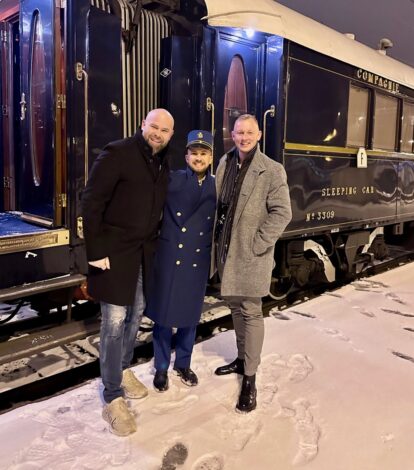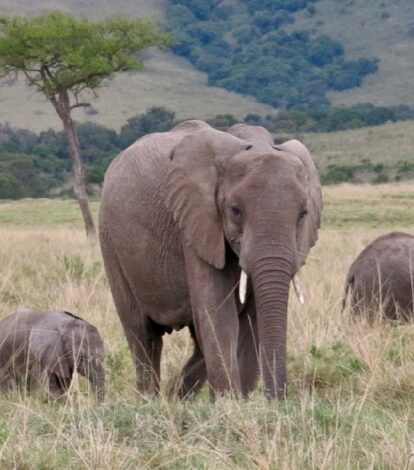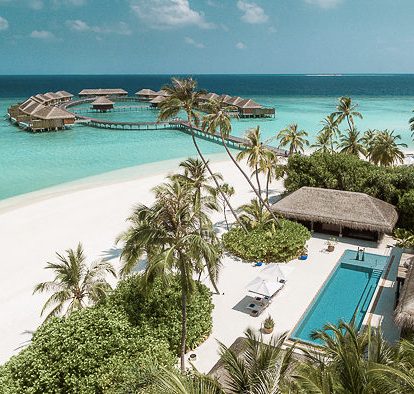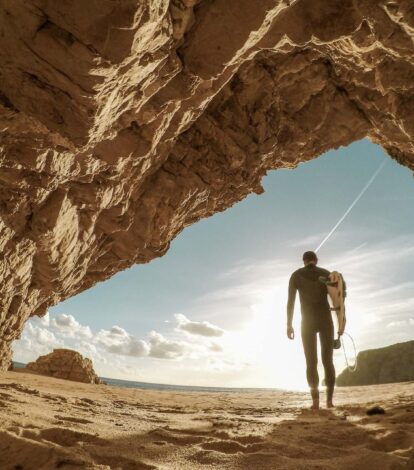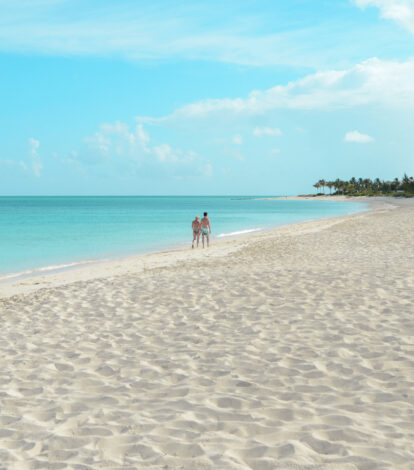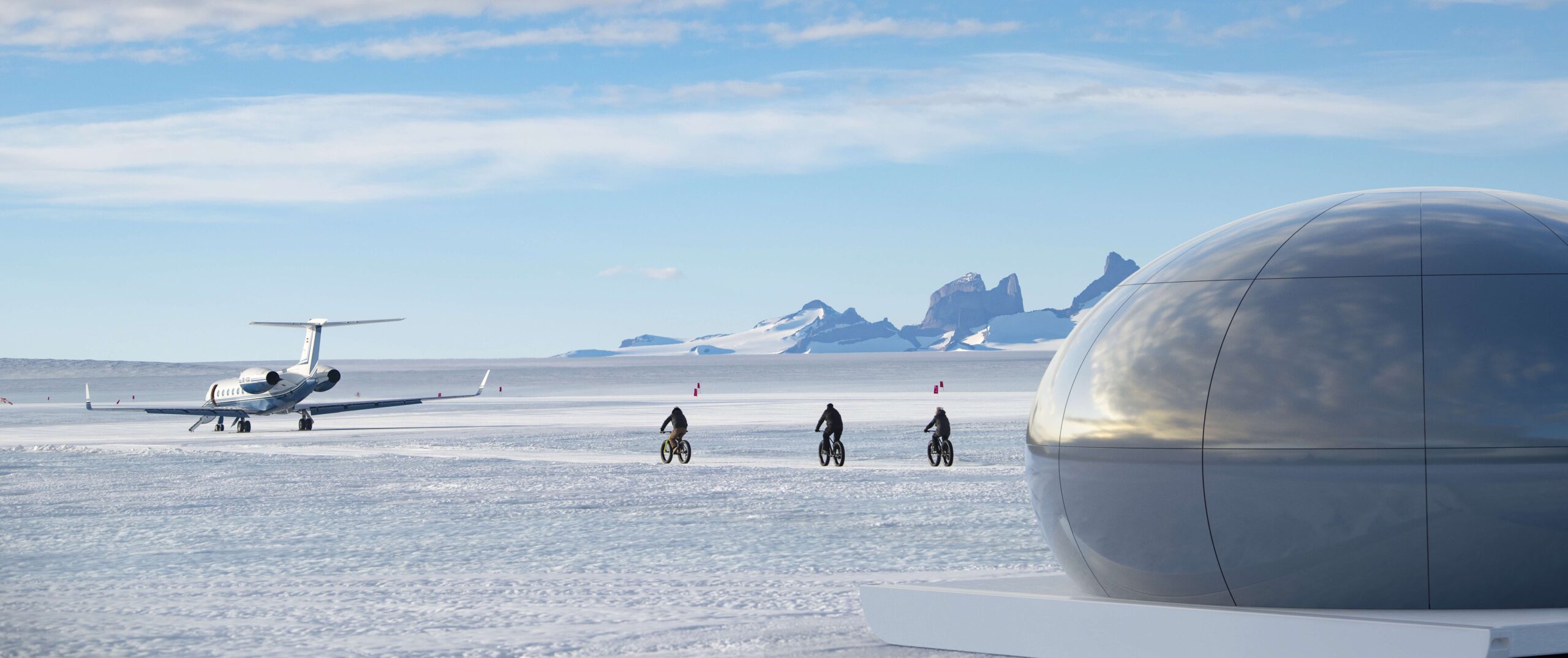Comfortable adventure and endless possibilities await in Australia, says our local partner Steven Pleciak from Beyond the Blue.
When creating holidays for clients we regularly team up with a local partner on the ground, an expert with localised knowledge to compliment our own expertise.
We interviewed Steven Pleciak about the Australia experience, asking how to make your down under travel dream more of a reality.

Steven, how do you describe Australia for people who haven’t been before?
Australia is a celebration of people and place.
It provides a comfortable adventure, in a country that is very safe, with a fun and positive style of people who are always looking forward.
Australia is big. Travellers get a lot out of a holiday here, there are so many different experiences. One minute you’re in a city and the next you are out in the middle of nowhere.

The sense of space and clear rhythms of day and night are pretty special too. It’s difficult to beat the colours of the outback for example, the red rocks and blue sky then the stars at night.
Australia is a very developed country and there’s a sophistication and service that comes with that. And yet you can be in the most extraordinary locations and wonder where the next person lives.
There’s a good balance of the two so you can easily have an adventure that’s on the edge of your comfort zone, without going too far.
How do you start picturing a holiday in a country so big, with so much on offer?
I suggest first-time visitors come and experience some of the classic highlights. Then overlay that with special interests, like a focus on wildlife, beaches, food and wine.
A good starting point is to think of the cities as the start and end point of a trip. And in the middle you can do some really cool experiences in the hinterland or out on the islands.
This way you can incorporate city and country experiences into one trip, which will give you a pretty wow couple of weeks.
How has travel to Australia changed over the years?
When I started in the industry 20 years ago there was limited choice of top luxury accommodation. Now there are many extraordinary world-class places to stay. Longitude 131 near Uluru is superb.





I recently went to visit the new Southern Ocean Lodge on Kangaroo Island.





There’s the new Capella in Sydney.

One of my favourites is COMO The Treasury in Perth.

Mt. Mulligan Lodge in Queensland is an outback option

You can combine with Silky Oaks Lodge in the Daintree Rainforest. Or go out to Lady Elliot Island Eco Resort on the barrier reef.





Top level services come naturally in such a developed country. You can be confident about the type of transport, the service, the quality of the food.
And the food and wine really is spectacular, that’s the other thing that gets people coming back. It’s so fresh, whether beef or lamb or oysters or white flesh fish.
I was in the Barossa Valley with a couple of winemakers last week and they’re incredibly humble people, who are phenomenons on the world scale.
Australia has become well connected too, there are a multitude of options now. Increasingly there’s opportunity to charter flights to visit some of these outback stations, so people limited on time can cut out a layover.
Can you really see Australia in two weeks?
Can you see all of Europe in two weeks? No. You can’t see all of Australia in two years, I’m still discovering new places every time I travel.
Australia is very modular and you can easily fly between destinations. So pick three or four destinations, experience them properly and use them as a base to explore further.
The challenge is doing it in a logistical way that makes sense. That’s the head scratcher, how to put it together without wasting time. That’s why you have a travel designer!
I would caution against doing the west and east in two weeks, it’s better to focus on one or the other.
Can you describe the regions of Australia?

The top half of Australia is desert and tropical. It’s warm all year around and best visited during the Northern Hemisphere summer, especially for the outback experiences and properties, which aren’t possible during the Southern Hemisphere summer.

Southern Australia is more popular in the Southern Hemisphere summer, although personally I like to wait until the harshness of the summer sun is gone.
90% of visitors go to the eastern side, it’s better known and most convenient for American and Asian visitors. There is more accommodation and experiences.
Most of Australia’s population lives in the southeast corner, where contemporary cities like Sydney and Melbourne are juxtaposed with the hinterlands.
Visitors from Europe should have more thought for Western Australia, it’s really quite accessible if you’re used to flying through Dubai or Singapore. The west quickly becomes the road less travelled once you get outside of Perth.

Australia has something for all months of the year. Really it warrants two trips to see it properly. Whatever month you come there will be somewhere and something that suits your travel style.
I personally travel during the Australian winter, because it’s quieter and I have more time. The colours are more vibrant and it’s a nicer time to enjoy a glass of Shiraz!
How do you prioritise where to go? Which destinations make sense?
As I said, Australia is very modular.
Sydney and Melbourne are among the great cities of the world, certainly among the most visually appealing. Sydney is a bit brasher and faster, Melbourne is more cultural.

Melbourne and Tasmania go very well together. Tasmania has the most incredible food and wildlife.

Sydney city can be combined with experiences in the hinterland, like the northern beaches and Blue Mountains.
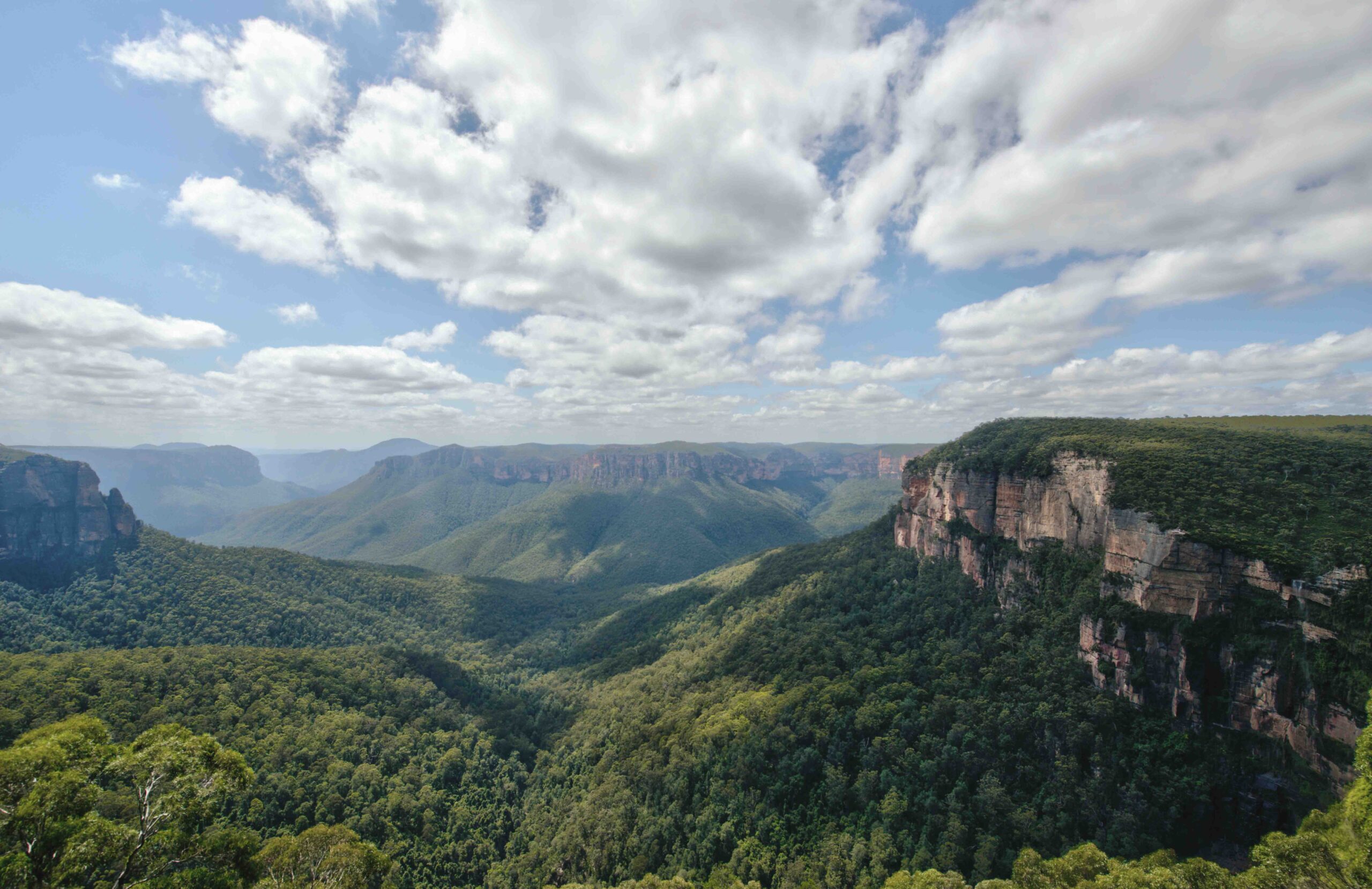
In South Australia you can easily combine Adelaide with the wine country and Kangaroo Island for wildlife.

More international flights are coming into Brisbane now and from there you can go into the Whitsunday islands and southern sections of the Great Barrier Reef.

From Cairns in the north you can go out to Lizard Island and do some outback experiences.
Combine Sydney and Cairns and you’re not that far away from the red centre of Australia, so it makes sense to have a couple of nights around Uluru. People will say it’s touristy but it’s a very spiritual experience and there’s a lot to do there.

From Perth in the west you can go down to Margaret River, up to Broome and Ningaloo Reef for diving and whale sharks, possibly far flung locations like Christmas Island and onwards up to the Northern Territory.

There’s Darwin in the Northern Territory, the colours of the Kimberley, flying over rock formations and outback experiences between April and October.

Some of the planning is about the seasons and when you understand the flow of the seasons, you realise you have to come back another time.
Are there any experiences that you feel travellers shouldn’t miss?

We’re putting a lot of emphasis on Aboriginal people and culture, learning from the knowledge base of people that have been in the country for 40,000 years; their ability to tell stories, engage with the land and communicate in an extraordinary way.
Most visitors don’t want a massive cultural experience for a day, or something that seems a little “harder”, but I recommend they just go out and do stuff.
Go hiking, go into the mangroves and spear crabs then cook them over a fire. Spending time with an Aboriginal guide on their land is a very special experience.

There’s also enough to challenge anyone who wants to push their comfort and adventure levels a bit across Australia.
For example, the experience at outback stations like Bamurru and Bullo River Station is incredible. Or at Mt. Mulligan Lodge. From there you can by helicopter to meet an Aboriginal guide and see Aboriginal rock art in the caves.
Australia is famous for wildlife. Some people are inspired, others are a little scared. What’s the reality?

You’re right the wildlife is phenomenal. I’ve never had any issues in all the years I’ve worked in Australia. Obviously common sense is important – having a guide in the bushlands and the outback is highly recommended.
The locals are a great source of information, especially around advising on safe swimming conditions for example.

To see and sometimes interact with wildlife in Australia is surreal. A personal favourite of mine is to hold a juvenile wombat at the Bonorong Wildlife Sanctuary just outside of Hobart, Tasmania.
Seeing wild koalas on Kangaroo Island and diving amongst the marine life on the Great Barrier Reef are among my other highlights!
What are your final words for people who have ever considered Australia as a holiday destination?
Anyone who enjoys travelling around the world is going to love Australia as a place to explore.
It’s also a very family friendly destination. Many destinations are based around the simplicity of life: good food, sunshine, beaches, pools. Sydney in particular is great for families.
Every visitor, whatever their age, really does feel comfortable in Australia. The culture is so relaxed and laid-back, the country is so well developed.
It’s incredible how many people return for a second visit. Australia is the once-in-a-lifetime that instantly motivates you to come again.
